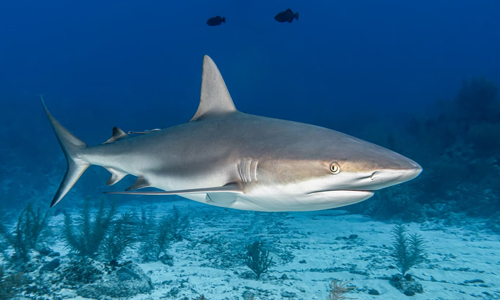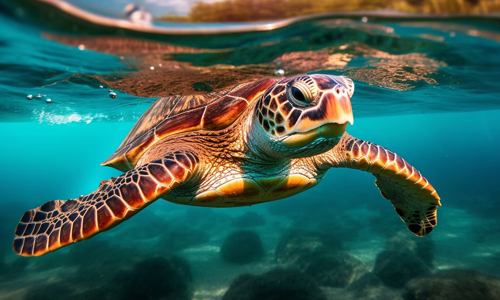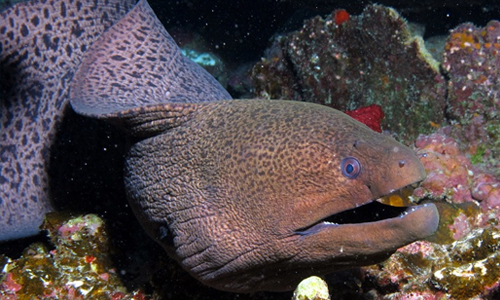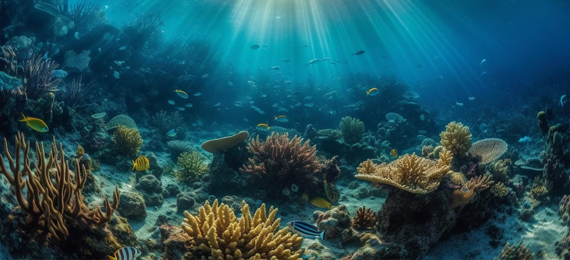
Highly migratory marine species navigate in waterways or water bodies in order to find food, breed, or avoid predators. While some move between the water columns, others migrate vast distances. Marine organisms that migrate a great distance across the oceans are said to be highly migratory. They travel thousands of kilometers by swimming, spanning continents, and even international borders.
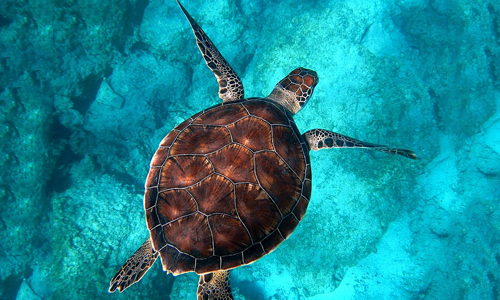
Highly Migratory Marine Species
Have you ever wondered why whales tend to migrate? Or what draws magnificent creatures like the mola sunfish to travel vast expanses of the ocean? Let’s delve into the world of Highly Migratory Marine Species (HMMS). This term encapsulates any creature in the oceanic realm that embarks on significant, regular journeys during its lifespan, often spurred by factors such as climate change, reproductive needs, and the search for sustenance.
Which body shape does the white shark have?
- A. Crescent-shaped
- B. Square-shaped
- C. Round-shaped
- D. Torpedo-shaped
Many marine fish migrate vertically throughout the day and night, rising to the top to feed at night and sinking to the lower layer of the ocean during the day.
-
White Shark: The white shark has a torpedo-shaped body and a crescent-shaped caudal fin. It frequently travels between South Africa and Australasia, as well as from California to the Hawaiian Islands, making it an extremely migratory creature.
- Jellyfish and their immortality: Jellyfishes are known for their unique immortality rates; they are also a fascinating migratory species. You can take this quiz on interesting facts about immortal jellyfish to learn more about their survival instincts. Being a migratory species, the statocysts enable jellyfish to sense pressure, gravity, and vibrations. Their migratory patterns can vary based on breeding seasons and food sources.
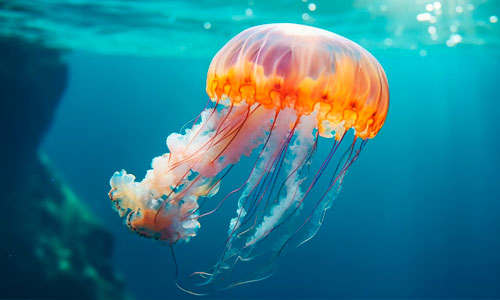
-
Pelagic Birds Migration: For Pelagic birds, the sky is not their only home. They are proficient swimmers and divers, diving deep for food. Their migration paths have them covering vast transcontinental distances annually.
-
Cownose Ray: Cownose rays are yet another spectacle. On their trans-Atlantic migrations from New England, USA to Argentina. They form enormous schools, providing a stunning spectacle that is electronically tracked for conservation efforts.
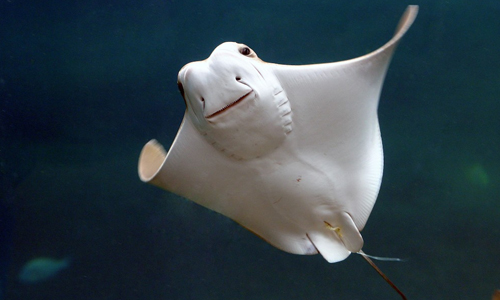
-
Turtles: Turtles are one of the most peaceful creatures in the marine world. Their reproductive nature, metabolism, and migration make them one of the weirdest species in the marine world. Marine turtles such as the green turtle and the loggerhead are known to travel thousands of miles during their migration period, utilizing magnetic cues for navigation!
-
Eels Migration: Eels may cross marshes to get to certain bodies of water. They can stay in marshes for more than 20 years and are known as yellow eels when they live in freshwater and eat fish and insects. They transform into silver eels (European Eels) and move to the Sargasso Sea when they are ready to reproduce.
Undiscovered Sea Creatures and their Migration Patterns
Every year, 80% of Earth’s species are explored, offering numerous possibilities for in-depth study. The diverse aquatic environment, including sunfish mola, and sardines, offers promising opportunities for marine biology research. Modern technology like GPS and satellite tags aid in understanding migration patterns.
International Laws and Conservation
The International Laws on Marine Migration are crucial for the protection of these species. These laws aim to safeguard Migratory Marine Species in the U.S. Waters and across the globe. The threats to migratory marine species are manifold, including climate change, overfishing, and habitat loss. By tracking highly migratory marine species and understanding their ecosystems, we can help mitigate these threats.
